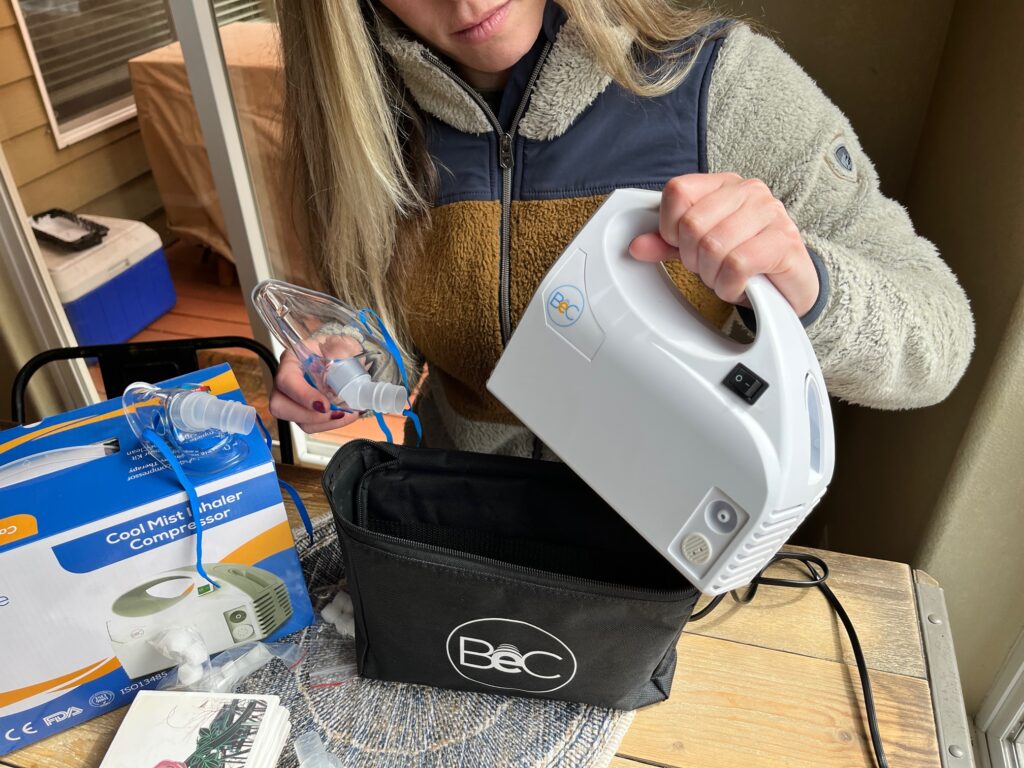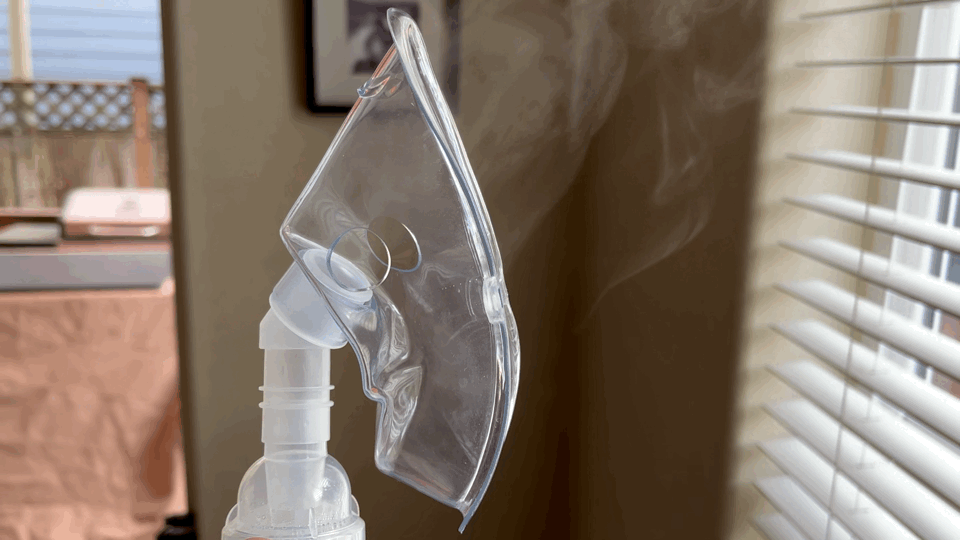If you have difficulty breathing, tightness in your chest, or wheezing, it may be time to seek nebulizer treatment. These are all signs that your lungs are in distress and nebulizer therapy can help to ease your symptoms. If you are unsure whether nebulizer treatment is right for you, speak to your doctor right away. They will be able to assess your symptoms and give you the best course of treatment.
Nebulizer Treatments and Conditions that need a Nebulizer

- If you are feeling chronic, long-term tightness in your lungs, this could be a sign of COPD. It is important to get this checked out by a doctor as nebulizer therapy can be very effective in treating this condition.
In general, if you are feeling shortness of breath or any other symptom that is making it difficult to breathe, nebulizer treatment may be able to help. Don’t hesitate to seek medical attention from a respiratory therapist.
How does a Doctor Test for COPD?
A COPD diagnosis starts with a breathing test to see how much air your lungs can hold and how well you are able to move air in and out of them. This is called spirometry. Your doctor will also ask about your symptoms, family history, medical history, and whether you’ve been exposed to lung irritants like tobacco smoke or pollutants. A COPD diagnosis is made when spirometry shows airflow that’s lower than normal and can’t be fully corrected with medication. Your doctor may also use a tool called a peak flow meter to diagnose COPD. This device measures how much air you can exhale in one second. People with COPD have lower-than-average lung capacity.
COPD is a progressive disease, which means it gets worse over time. There’s no cure, but treatment can help keep symptoms under control and prevent further damage to your lungs. If you think you might have COPD, talk to your doctor. They can give you a breathing test and create a treatment plan that works for you, most often using a nebulizer.
How does a Doctor Test for Asthma?
To diagnose asthma, your doctor will ask about your symptoms and medical history. They’ll also give you a physical exam. If they think you have asthma, they may order one or more of the following tests:
– Pulmonary function test. This breathing test measures how well your lungs work.
– Allergy test. If you’re allergic to certain pollens or airborne irritants, it could trigger an asthma attack.
– Chest X-ray. This can rule out other conditions that may cause similar symptoms, such as pneumonia.
Once your asthma is diagnosed, your doctor will work with you to create a treatment plan. This will likely include taking medication, avoiding triggers, and monitoring your symptoms. In some cases, you’ll need an inhaler or a nebulizer to treat asthma.
How does a Doctor Test for Cystic Fibrosis?
There is no one test to diagnose CF. Doctors look at the results of several different tests to make a diagnosis. The most common tests used to diagnose CF are:
– Sweat chloride test. This test measures the amount of salt in your sweat. People with CF usually have higher-than-normal levels of salt in their sweat.
– Genetic testing. This test looks for changes in the CFTR gene. About 90 percent of people with CF have a mutation in this gene.
– Sputum culture. This test is used to look for bacteria that are common in people with CF.
– Chest X-ray. This can help your doctor see if you have an infection in your lungs.
– Pulmonary function test. This measures how well your lungs are working.
If you or your child has symptoms of CF, talk to your doctor. They can order tests to confirm the diagnosis. Once CF is diagnosed, treatment can begin to help manage the symptoms and slow the progression of the disease. Treatment for CF can include using a nebulizer.


